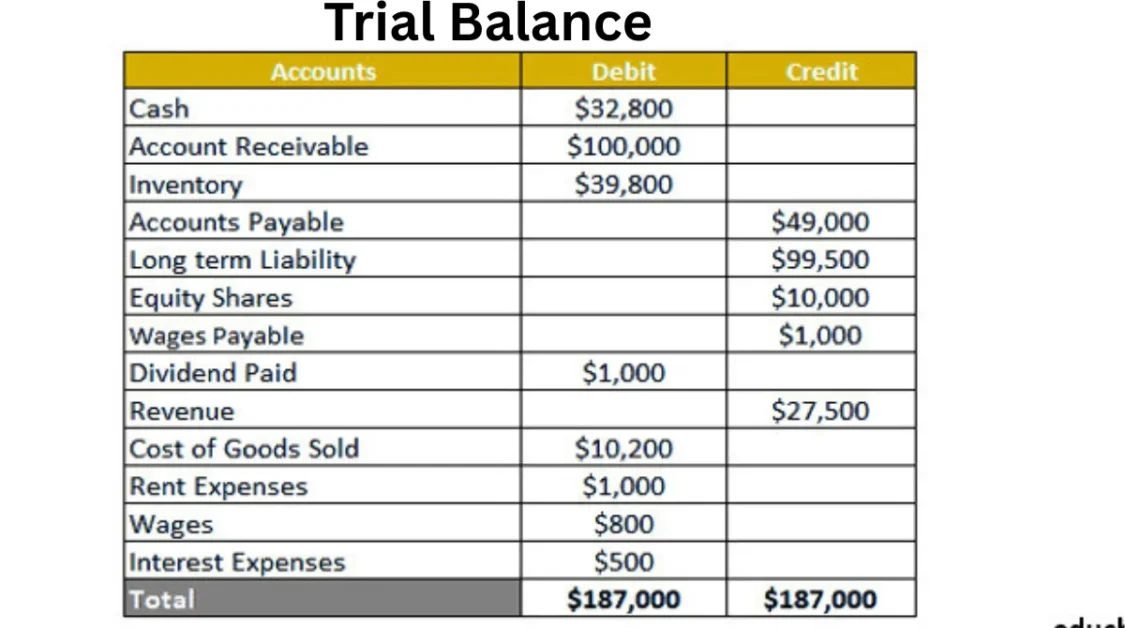In the rapidly evolving world of decentralized finance (DeFi), platforms like Naomi Swap are revolutionizing how we trade digital assets. By eliminating intermediaries and offering a user-friendly interface, Naomi Swap provides a seamless and secure environment for crypto enthusiasts. This guide will walk you through the essential aspects of Naomi Swap, ensuring you have a solid understanding of its functionalities and benefits.
What is Naomi Swap?
Naomi Swap is a decentralized exchange (DEX) that allows users to trade cryptocurrencies directly from their wallets. Unlike traditional exchanges, Naomi Swap operates without a central authority, ensuring users retain full control over their assets. The platform leverages automated market makers (AMMs) and smart contracts to facilitate token swaps, liquidity provision, and other DeFi activities.
Key Features of Naomi Swap
1. Token Swapping
Naomi Swap simplifies the process of exchanging one cryptocurrency for another. Typically, when you want to trade tokens on a centralized exchange, you need to deposit your funds into the platform, wait for your trade to be matched with a buyer or seller, and pay fees for the transaction. However, on Naomi Swap, you don’t need to rely on an intermediary. All you need to do is connect your cryptocurrency wallet to the platform. Once connected, you can swap one cryptocurrency for another instantly, without the need for an order book or a third party. The platform uses an automated market maker (AMM) to facilitate these swaps, ensuring the trade happens quickly and efficiently. Whether you’re a beginner or an experienced trader, Naomi Swap’s easy-to-use interface makes this process straightforward, reducing the complexity of trading digital assets.
2. Liquidity Pools
Liquidity pools are a fundamental component of how Naomi Swap works. A liquidity pool is a collection of cryptocurrencies that are stored in a smart contract, which users can trade against. For these pools to function effectively, liquidity providers (LPs) contribute two different types of tokens in equal value. When you add tokens to a liquidity pool, you become a liquidity provider. The purpose of these pools is to make sure there is enough liquidity (or supply of tokens) for users who want to trade. In return for providing liquidity, LPs earn a share of the transaction fees generated whenever someone swaps tokens in the pool. This offers a passive income opportunity, as liquidity providers are rewarded with a portion of the fees based on their contribution to the pool.
3. Yield Farming and Staking
In addition to token swapping, Naomi Swap offers opportunities for users to earn extra rewards through yield farming and staking. Yield farming allows users to stake their tokens in specific liquidity pools to earn rewards, usually in the form of additional tokens. The idea is that by providing liquidity to the platform, you help facilitate trades and make the platform more efficient, so you’re rewarded for your contribution. Staking is another way to earn rewards, where you lock up your tokens in the platform’s smart contracts to help maintain the network and, in return, receive staking rewards. These rewards typically come in the form of Naomi Swap’s native token or other assets, giving users the opportunity to maximize their overall returns.
4. Governance Token
Naomi Swap operates with a decentralized governance model, meaning that decisions about the platform’s future are made by the community rather than a central authority. The platform’s native token (often referred to as the “governance token”) gives users the power to propose and vote on key decisions that affect the platform. For example, token holders may decide on protocol upgrades, changes in fees, or adjustments to liquidity pool parameters. By holding and staking these governance tokens, users can actively participate in shaping the direction of Naomi Swap, making it a more community-driven platform. This model empowers users and aligns with the ethos of decentralized finance (DeFi), where power and control are distributed rather than concentrated in the hands of a few.
5. Cross-Chain Compatibility
One of Naomi Swap’s most distinguishing features is its ability to support multiple blockchains. While many decentralized exchanges (DEXs) operate on a single blockchain, Naomi Swap allows users to swap tokens from different blockchain networks. This cross-chain compatibility increases the variety of assets available on the platform, allowing users to trade a broader selection of tokens that may not be available on a single-chain DEX. It also enhances liquidity, as users from different blockchain networks can contribute their tokens to liquidity pools, further enriching the trading environment. By supporting multiple blockchains, Naomi Swap creates more flexibility for users, making it easier to access and trade a wider range of digital assets.
How Does Naomi Swap Work?
Naomi Swap operates using an automated market maker (AMM) model. Instead of traditional order books, the platform uses liquidity pools where users can swap tokens based on predefined algorithms. Smart contracts manage these pools, ensuring transparent and secure transactions.
Understanding Liquidity Pools
Liquidity pools are collections of tokens locked in smart contracts. Users, known as liquidity providers, deposit equal values of two tokens into a pool. These pools facilitate trades on the platform, and in return, providers earn a share of the transaction fees. It’s essential to understand the dynamics of these pools, as they play a crucial role in the platform’s functionality.
Risks Involved: Impermanent Loss
While providing liquidity can be profitable, it’s not without risks. One such risk is impermanent loss, which occurs when the value of your deposited tokens changes compared to when you added them to the pool. This can lead to a lower value upon withdrawal than if you had simply held the tokens. Understanding this risk is vital before participating in liquidity provision.
Security Measures
Naomi Swap prioritizes user security. The platform undergoes regular audits by leading firms to ensure the integrity of its smart contracts. Additionally, features like multi-signature requirements for critical operations and emergency shutdown mechanisms are in place to protect user funds.
Applications of Naomi Swap
Naomi Swap’s features aren’t just limited to token swapping or liquidity provision its versatility and decentralized structure open up a wide range of applications for users. Below are some of the key use cases for Naomi Swap in the world of decentralized finance (DeFi).
1. Decentralized Trading
One of the primary applications of Naomi Swap is decentralized trading. Traditional exchanges require users to trust a central authority to manage their funds and transactions. Naomi Swap, however, operates without intermediaries, enabling direct peer-to-peer trading. This decentralized structure ensures that users maintain full control over their assets while benefiting from the efficiency of the platform. This is ideal for traders who value privacy and security, as there is no need to create an account or trust a third party with their funds.
2. Earning Passive Income through Liquidity Provision
Naomi Swap provides an excellent opportunity for users to earn passive income by contributing liquidity to its pools. By depositing a balanced pair of tokens into a liquidity pool, liquidity providers earn a share of transaction fees whenever someone swaps tokens within that pool. Over time, this can generate a steady stream of passive income, especially if the pool is heavily used. For those with idle assets, liquidity provision offers a way to make their holdings work for them, earning rewards without needing to actively trade.
3. Yield Farming and Staking for Long-Term Gains
Naomi Swap’s yield farming and staking opportunities allow users to earn additional rewards for providing liquidity or staking their assets on the platform. Yield farming involves locking up assets in liquidity pools to earn extra tokens as a reward, while staking typically offers a more stable and secure way to earn returns by locking up tokens for a set period. Both strategies are useful for users seeking long-term growth and additional income, making Naomi Swap an attractive option for those looking to grow their crypto portfolios.
4. Governance Participation
By holding Naomi Swap’s native governance token, users can participate in the decision-making process regarding the platform’s future. This decentralized governance model ensures that the community has a direct say in how the platform evolves, whether it’s through voting on protocol changes, adjusting fees, or determining which new tokens should be supported. Governance participation empowers users to take part in the platform’s development, making it more inclusive and democratic.
5. Cross-Chain Token Swapping and Asset Diversification
The cross-chain compatibility of Naomi Swap opens up new avenues for users to trade tokens across different blockchain networks. For example, if you hold tokens on Ethereum and wish to trade them for assets on Binance Smart Chain (BSC), you can do so seamlessly on Naomi Swap. This cross-chain functionality allows users to diversify their portfolios, accessing a wider variety of assets without being limited to one blockchain. It also enhances liquidity by allowing tokens from multiple chains to flow into Naomi Swap’s pools, improving trading opportunities for all users.
6. Arbitrage Opportunities
Because Naomi Swap aggregates liquidity from various blockchain networks and liquidity pools, it creates an environment where price discrepancies between tokens across different platforms can arise. Traders can take advantage of these discrepancies by executing arbitrage strategies, which involve buying tokens at a lower price on one platform and selling them at a higher price on another. Naomi Swap’s decentralized nature makes this process more efficient, as transactions occur directly between users without the need for intermediaries. For experienced traders, arbitrage can be a lucrative application of the platform.
7. Accessing Unlisted or Niche Tokens
Naomi Swap allows users to trade a wide range of tokens, including those that may not be listed on centralized exchanges. This is particularly useful for traders who want to access new or niche tokens early in their lifecycle. Since Naomi Swap supports multiple blockchains, it gives users access to tokens across various ecosystems, broadening the range of investment opportunities. Whether it’s a new project on Ethereum or a token on Solana, Naomi Swap provides a decentralized platform where these assets can be freely traded.
8. DeFi Integration and Interoperability
Naomi Swap can also be integrated with other DeFi platforms, contributing to a broader ecosystem of decentralized financial applications. Through partnerships or protocol bridging, Naomi Swap users can take advantage of other DeFi services, such as lending, borrowing, and derivatives trading. The ability to interact with a wide range of DeFi protocols enhances the utility of Naomi Swap and strengthens its role as a key player in the decentralized finance space.
Getting Started with Naomi Swap
Step 1: Set Up a Crypto Wallet
To begin, you’ll need a compatible cryptocurrency wallet, such as MetaMask or Trust Wallet. Ensure your wallet is connected to the appropriate blockchain network supported by Naomi Swap.
Step 2: Deposit Funds
Add the desired tokens to your wallet. These funds will be used for swapping, providing liquidity, or staking on the platform.
Step 3: Explore the Platform
Navigate through Naomi Swap’s user-friendly interface to access various features. Whether you’re swapping tokens, adding to liquidity pools, or staking, the platform provides clear instructions to guide you through each process.
Future Outlook
The future of Naomi Swap looks promising, with plans for enhanced cross-chain compatibility, scalability improvements, and deeper integration into the broader DeFi ecosystem. As more blockchain networks emerge, Naomi Swap is expected to support additional blockchains, increasing liquidity and token variety. Future updates may include new financial products, such as decentralized options and futures, along with enhanced user experience features. Increased governance participation and a continued focus on security will ensure platform growth and user trust. With evolving regulatory landscapes, Naomi Swap aims to remain adaptable and compliant, ensuring it stays at the forefront of decentralized finance.
Conclusion
Naomi Swap stands out in the DeFi landscape by offering a secure, efficient, and user-centric platform for cryptocurrency trading. With its emphasis on decentralization, low fees, and community governance, it provides an attractive alternative to traditional exchanges. As with any financial platform, it’s essential to conduct thorough research and understand the associated risks before participating. For anyone interested in exploring decentralized trading, Naomi Swap offers a powerful and accessible solution.



